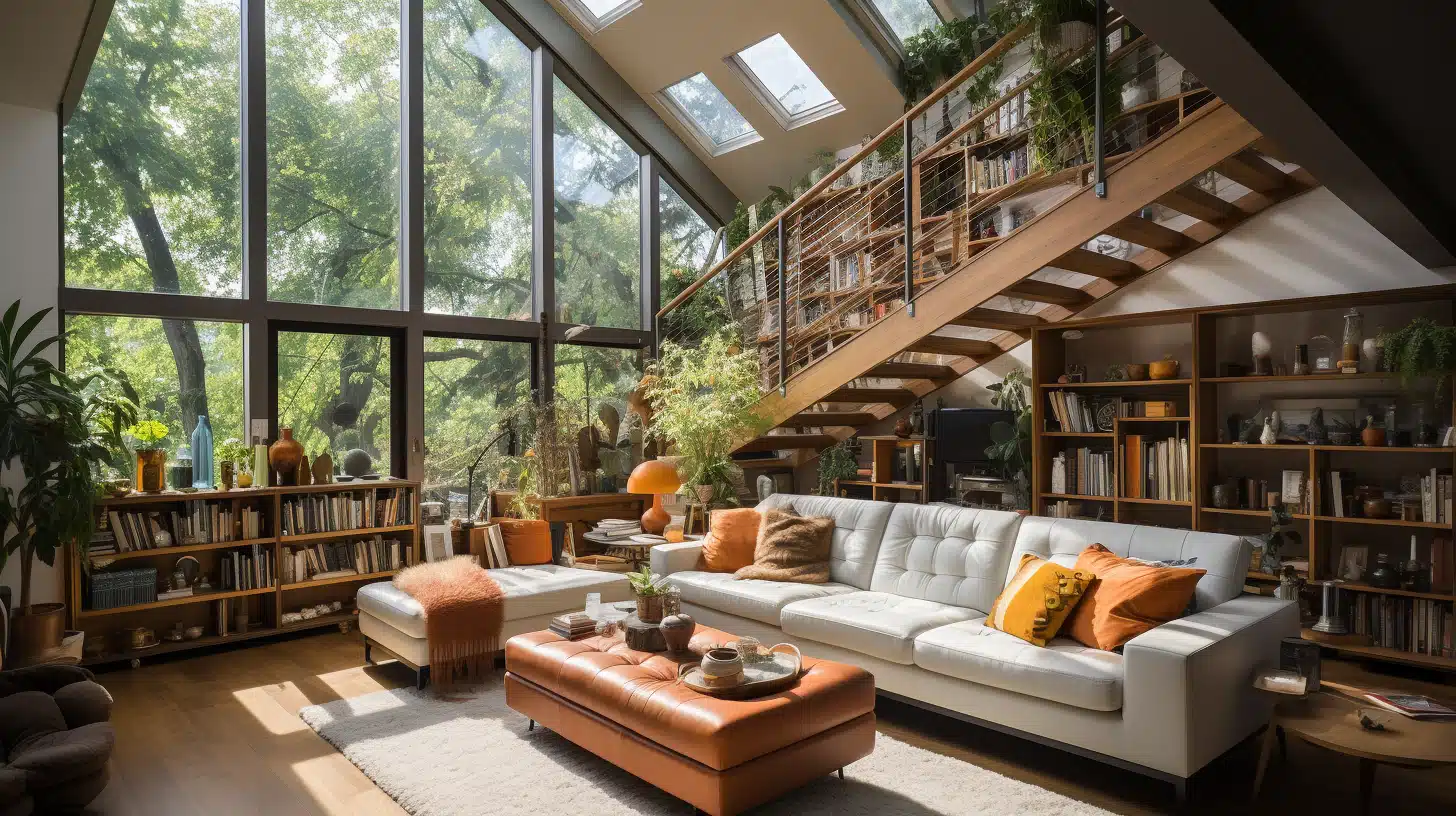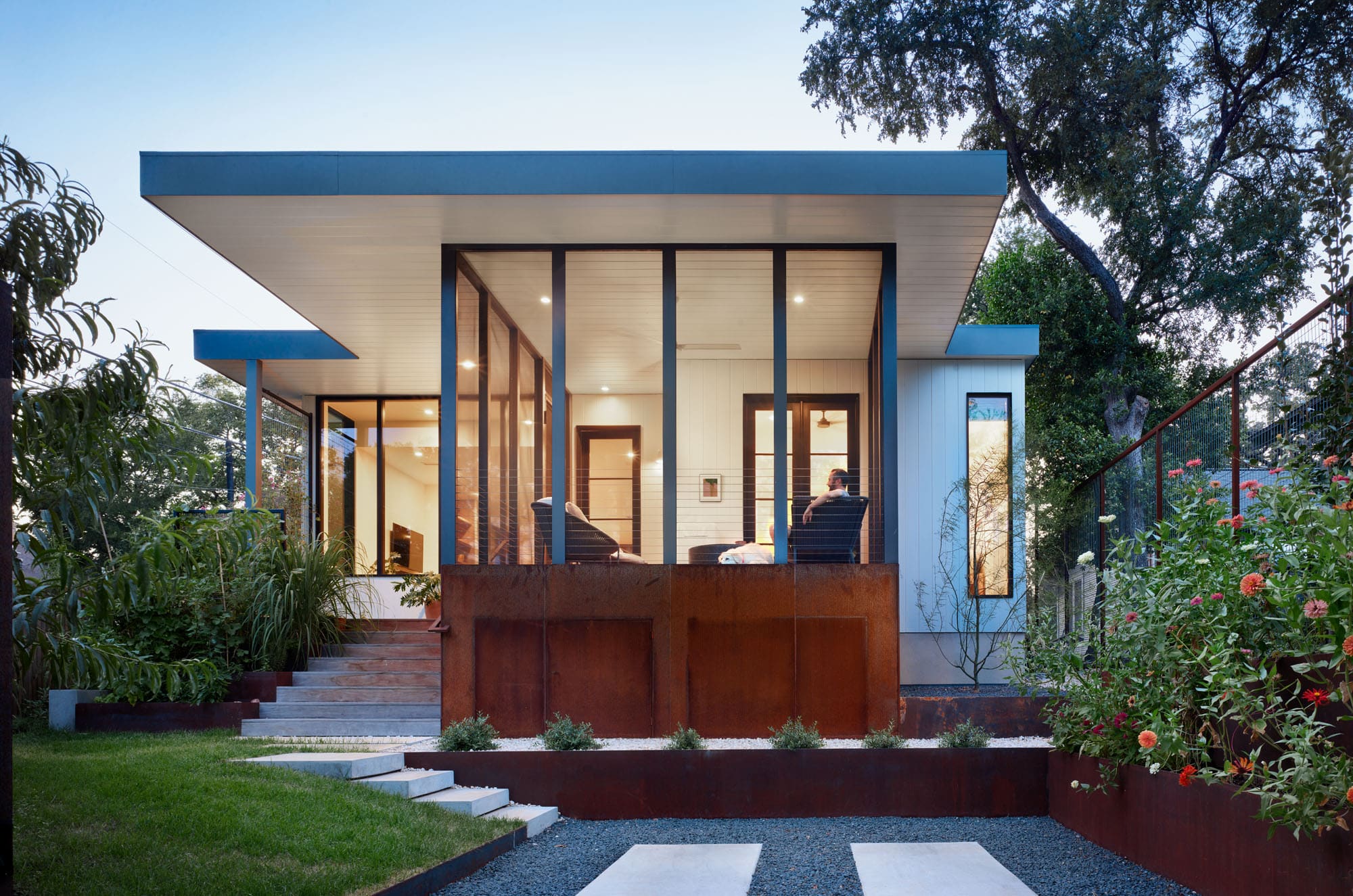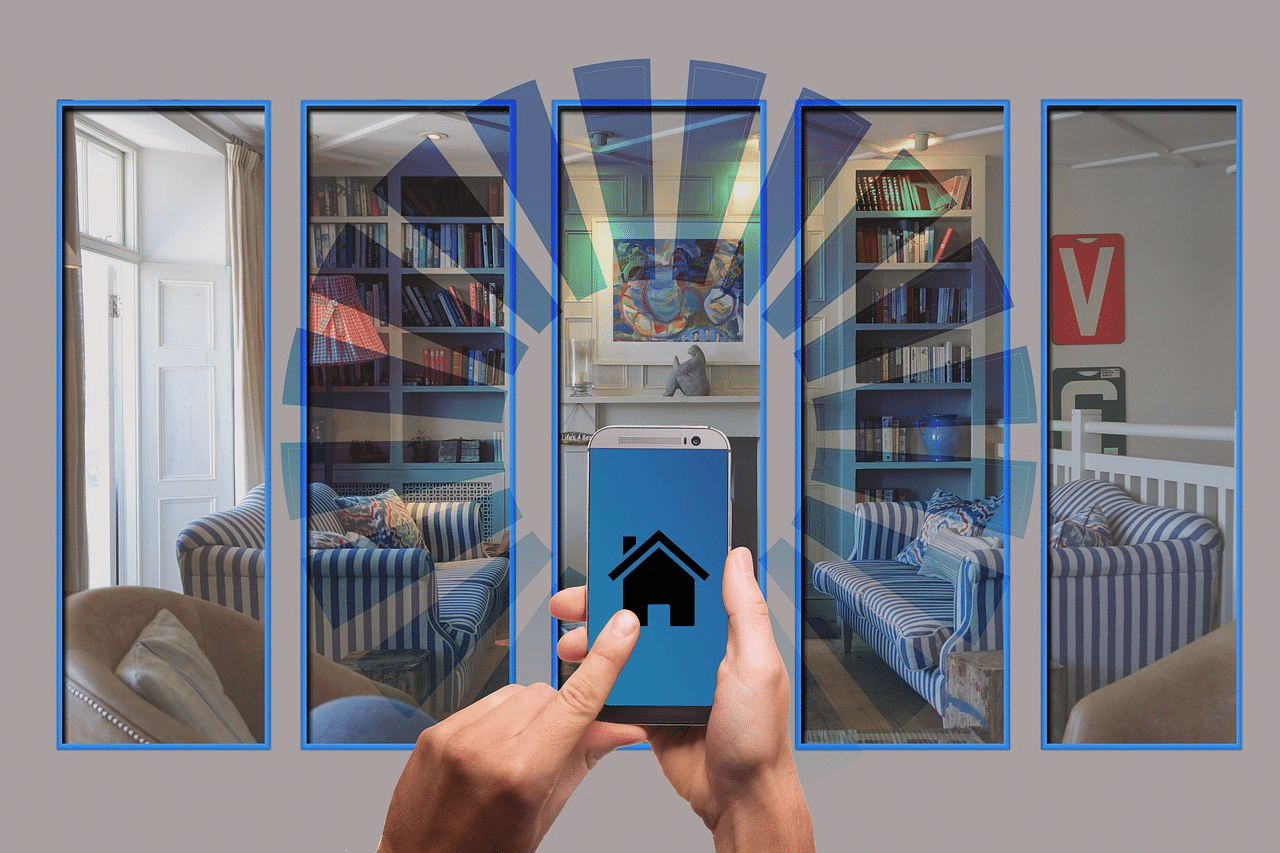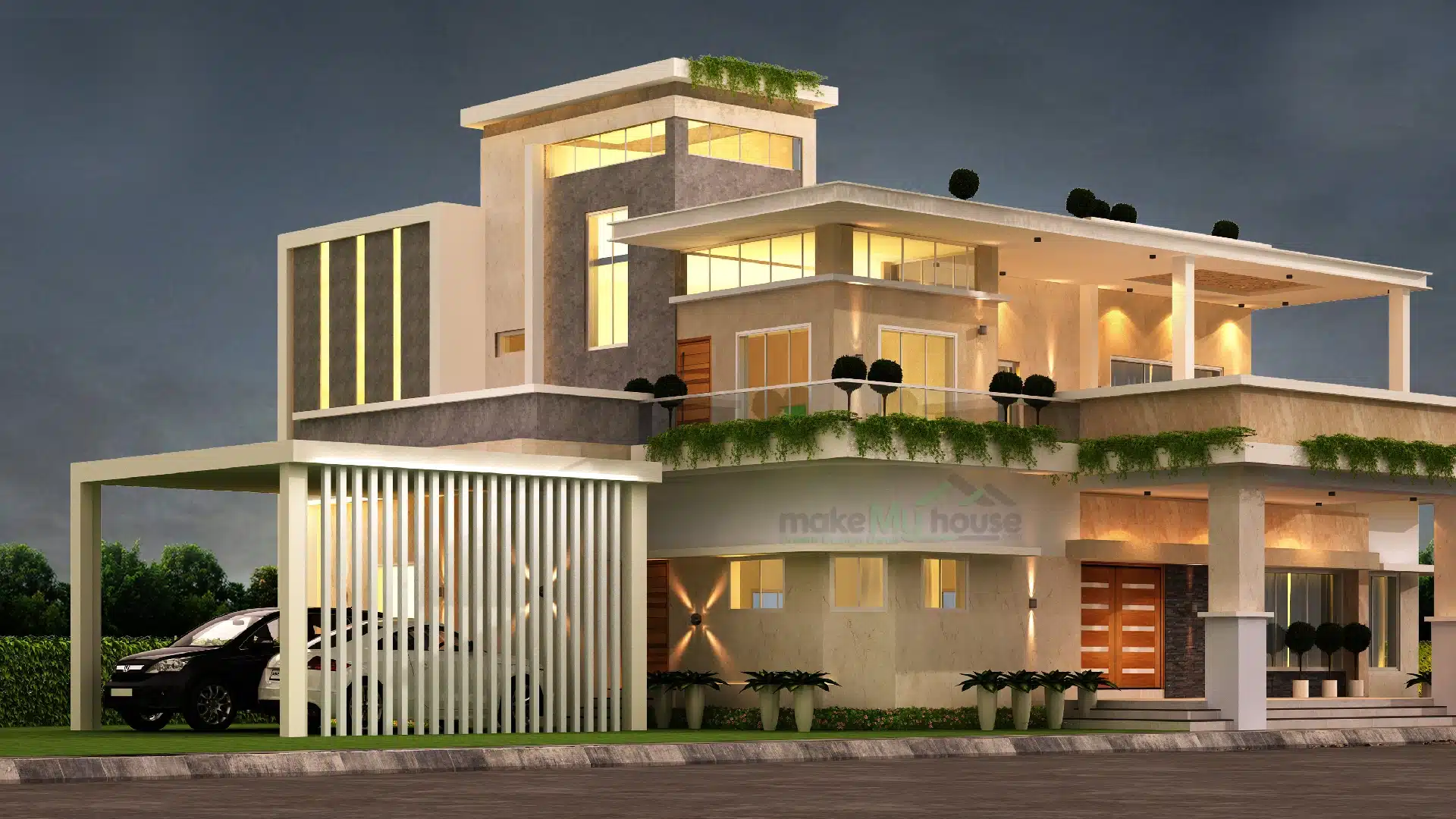Creating the Perfect Laundry Room: A Design and Planning Guide
A laundry room is a functional space that is often overlooked when it comes to home design. However, with careful planning and design, a laundry room can be transformed from a cluttered and unorganized space into a functional and stylish room that is both practical and aesthetically pleasing.
A laundry room design and planning guide can provide valuable information on how to make the most of the space and how to design a laundry room that meets your specific needs and preferences.
This blog will look at what factors you should consider when designing your laundry room.
1. Layout
The first and foremost thing that a person needs to follow when it comes to a laundry room plan is considering the layout of the space. The layout of the room can greatly impact the functionality and efficiency of the space.

2. Form and Function
It’s important to consider both form and function while designing a laundry room because the space should not only look good but also be functional and efficient. Form, in this context, refers to the aesthetics and design of the space. The form, or the physical layout and design of the room, should be designed to maximize the use of space and make the laundry room as functional and user-friendly as possible.
Function, or the intended purpose of the room, should be taken into account in order to ensure that the room is optimized for the tasks that will be performed there. This can include things placement of appliances and storage, as well as the overall layout and flow of the space. Overall, considering both form and function when designing a laundry room ensures that the space is both visually pleasing and practical for its intended use.

3. Storage
When it comes to designing the laundry room, one of the most important tasks that have to be done is managing the storage. Laundry rooms require storage for laundry essentials, and without this, storage items such as detergent, dryer sheets, and other cleaning supplies can become cluttered and difficult to access. This makes the task of laundry more time-consuming and less efficient. For example, cabinets, shelves, and drawers can be installed to store laundry essentials, while a hanging rod or drying rack can be used to air-dry clothes. A folding table or countertop can also be a great addition to folding clothes and sorting laundry.
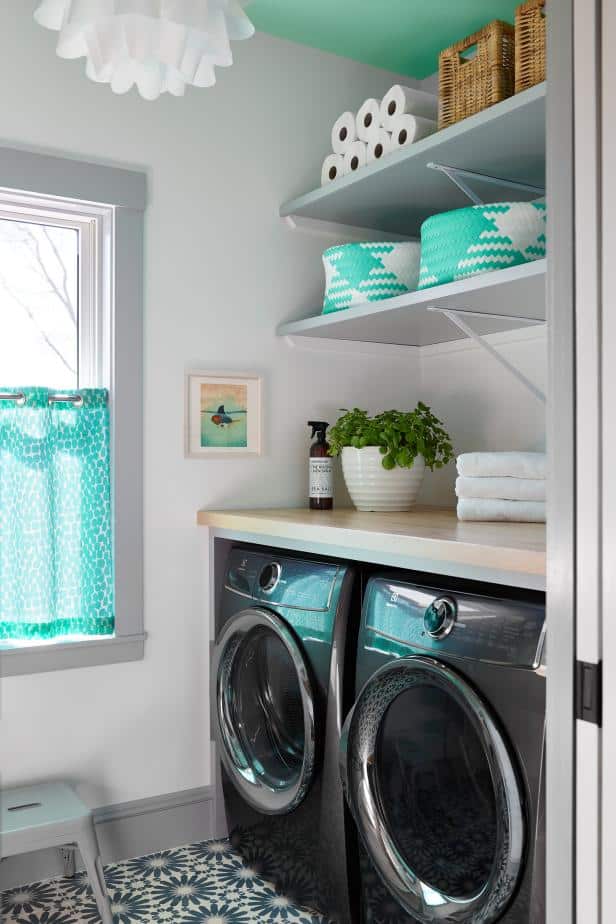
4. Lighting
Lighting is an important aspect to consider while designing a laundry room because it can greatly impact the functionality and overall feel of the space. A well-lit laundry room can make the task of laundry easier by providing ample light for tasks such as sorting and folding clothes and making it easier to see stains and other imperfections on clothing.
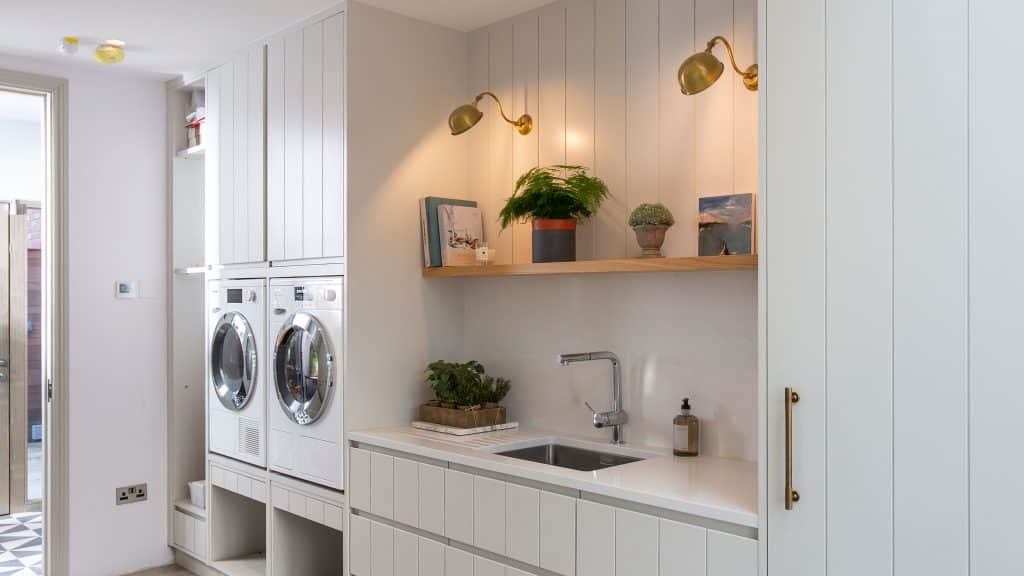
5. Use of Color
Colors should be used in a careful manner while designing a laundry room, as it affects the overall feel and atmosphere of the space. The right color scheme can make a space feel more inviting and comfortable. Neutral colors such as white, gray, and beige are classic choices that work well in a laundry room and make the space feel spacious. A good color combination works well with different styles and also creates a cohesive look.

6. Door Style
It is very important to install the right door in your laundry room. A bifold door is one of the most popular door styles for laundry rooms. Bifold doors can be easily opened and closed, allowing you to conceal the laundry room when it’s not in use. It also provides easy access to the space when required.

7. Consider the Little Details
It is important to keep in mind the difference little details can make in a laundry room. Consider installing a drying rack or hanging rod for air-drying clothes or a built-in ironing board for easy access. A small sink or countertop can also be a great addition to pre-treating stains or folding clothes.
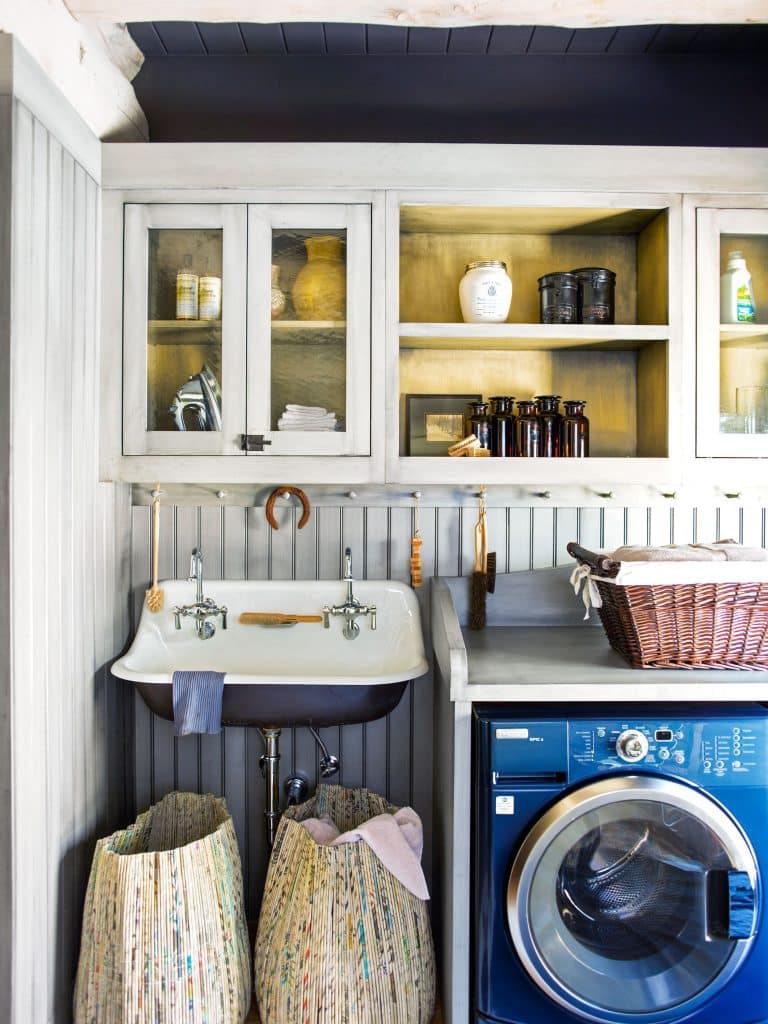
8. Consider Ventilation
Proper Ventilation is an important part of a laundry room plan to prevent moisture buildup and mold growth. Consider installing a window or a vent fan to ensure proper Ventilation.
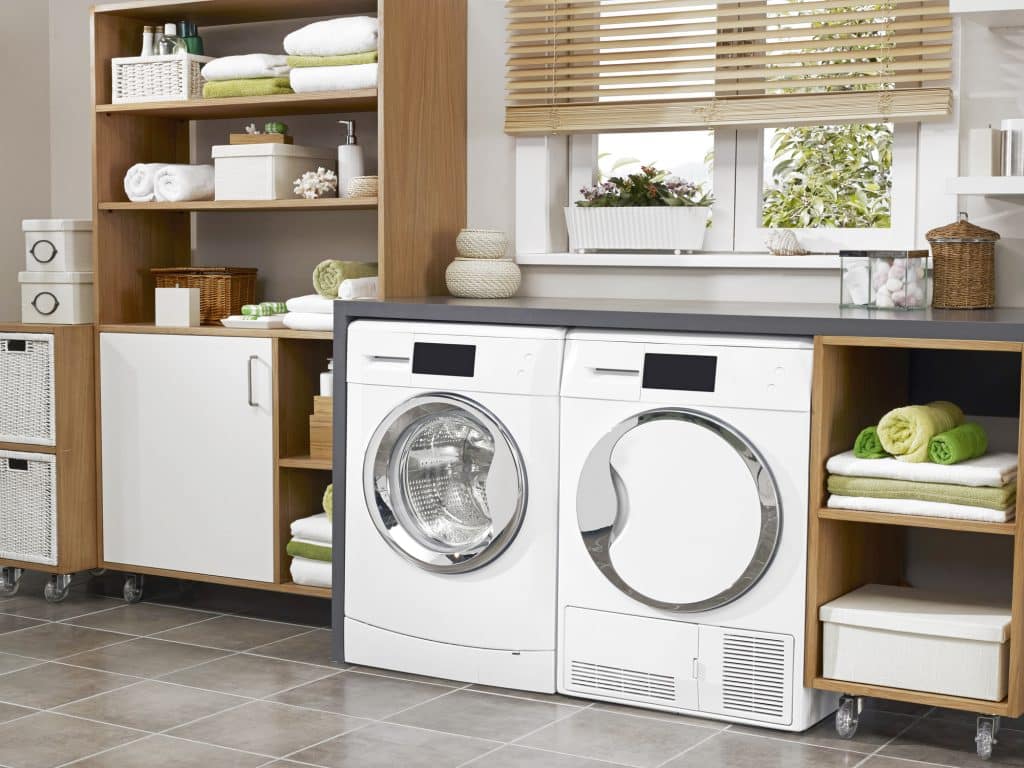
9. Plan for the Future
Consider the potential future needs of the space, such as additional storage or a sink. It is always better to make a laundry room plan for the future, so you won’t have to remodel your laundry room again.
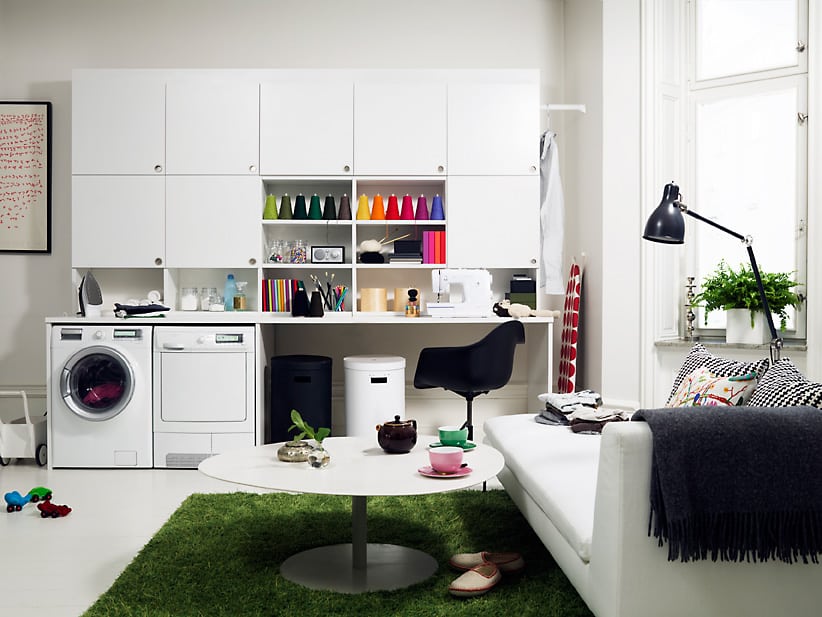
10. Decide on the Location of the Laundry Room
Laundry rooms can be located in various areas of the home, such as near the bedrooms, garage, or basement. Consider the proximity to the bedrooms, bathrooms, and living areas while deciding the location.

11. Think About the Appliances
Consider the size and type of appliances that you need for your laundry room. For example, decide whether you need a top-loading or front-loading washing machine and dryer. If you have a pet with fur, it’s crucial to take precautions to prevent your washing machine from getting clogged. You have two options: invest in a washing machine with a specialized program for pets or use a pet safe detergent to ensure your machine stays protected. Buying appliances, consider necessary measures to prevent expensive repairs and inconveniences.

12. Add a Countertop or a Sink
A countertop or a sink can be a great addition to a laundry room, as it can be used for pre-treating stains, folding clothes, and other tasks.
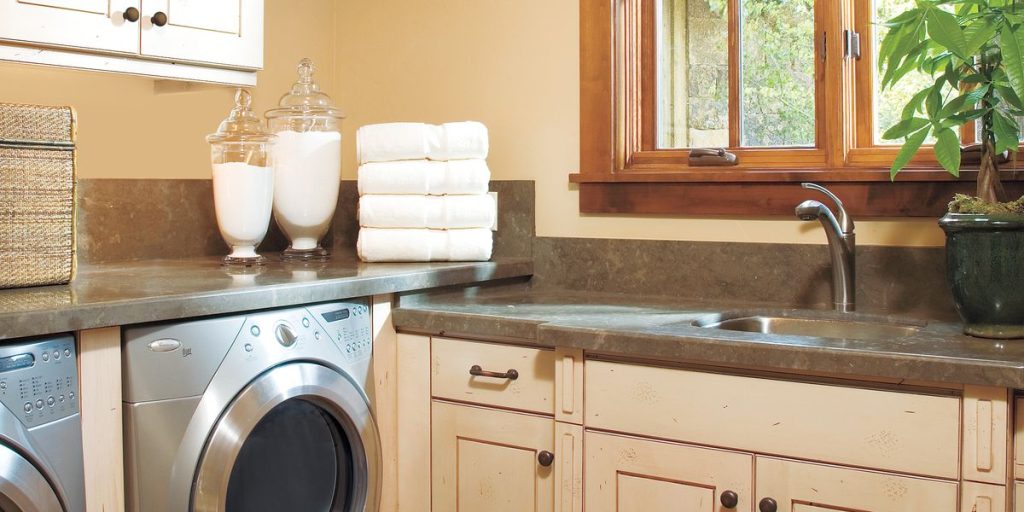
13. Add a Built-In Ironing Board
A built-in ironing board can save a lot of space and make ironing clothes more convenient. A built-in ironing board eliminates the need for a separate freestanding board, which can take up valuable floor space in a small laundry room. A built-in ironing board can be easily folded away when not in use, which helps to save space and keep the room clutter-free.
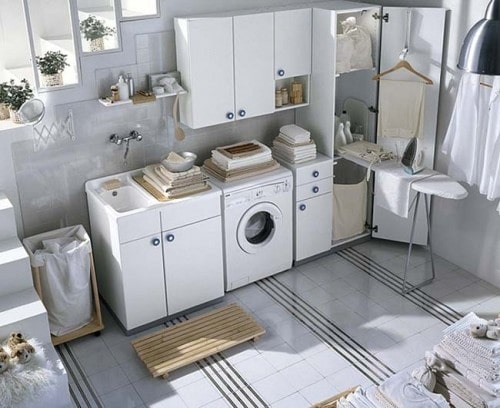
14. Adding Countertops for Folding
Adding countertops for folding is important when designing and planning a laundry room because it provides a dedicated space for folding clothes and sorting laundry, making laundry less of a chore. Countertops provide a flat surface, making it easier to fold clothes, sort laundry, and pre-treat stains. It also helps to keep the space organized and tidy, as clothes and laundry essentials can be easily sorted and stored on the countertop.
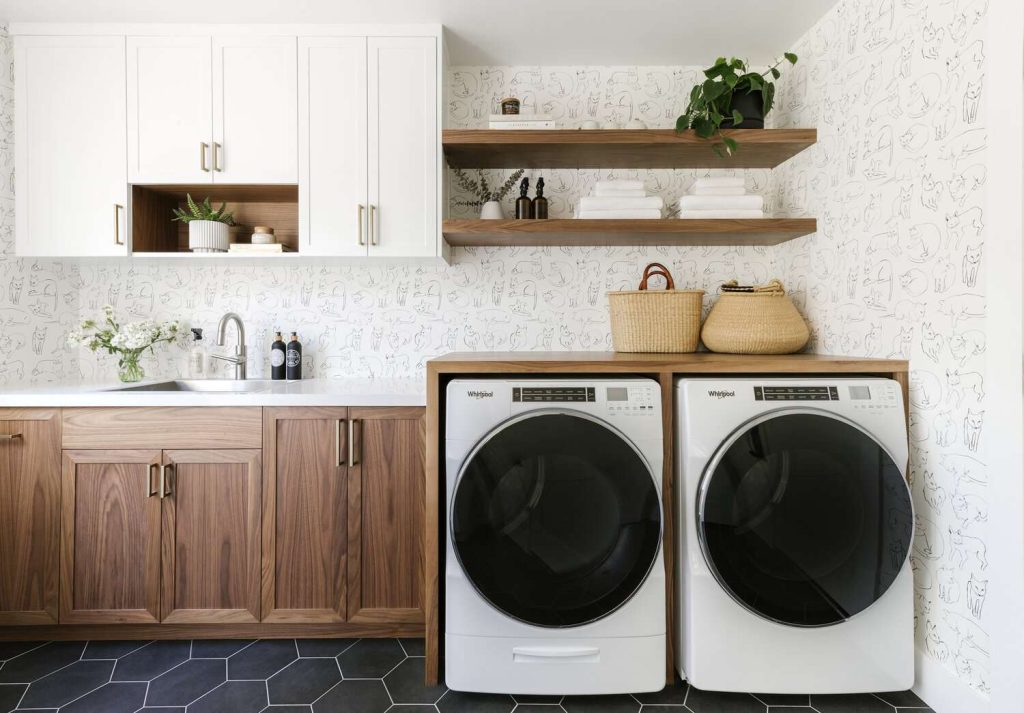
Conclusion
The laundry room is one of the most commonly used rooms in the home, so it makes sense to give it its own space. However, you can also save on space by having a laundry room that works as an integrated part of another room in your home. It’s not easy deciding how to design and plan your laundry room. There are many factors to consider, and it is easy to get overwhelmed. We hope this article has helped make the laundry room planning process easier for you.



